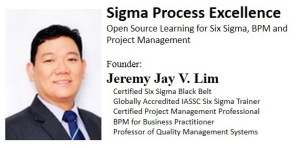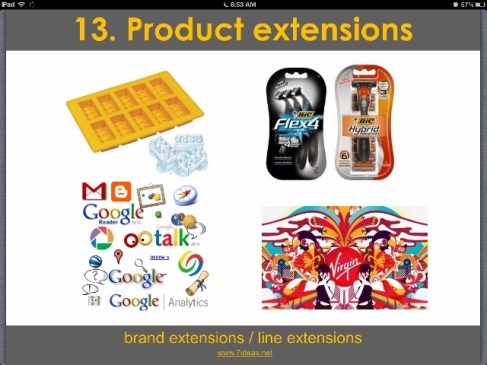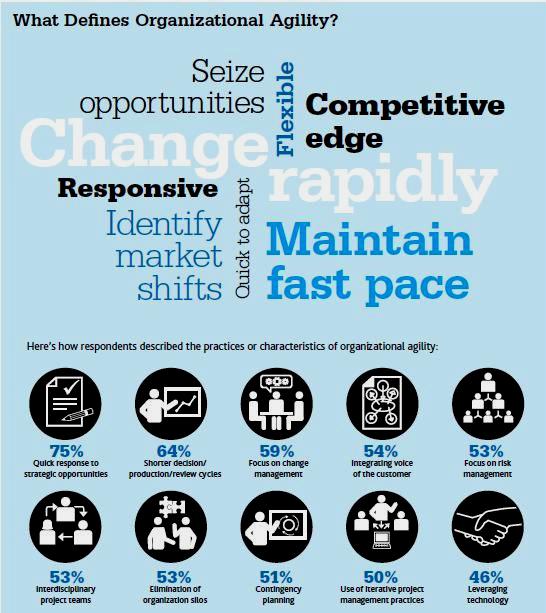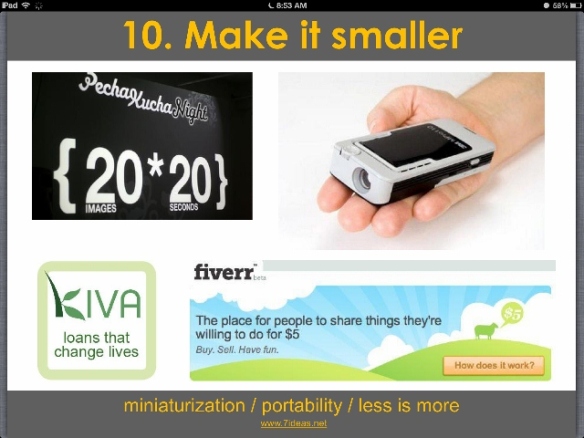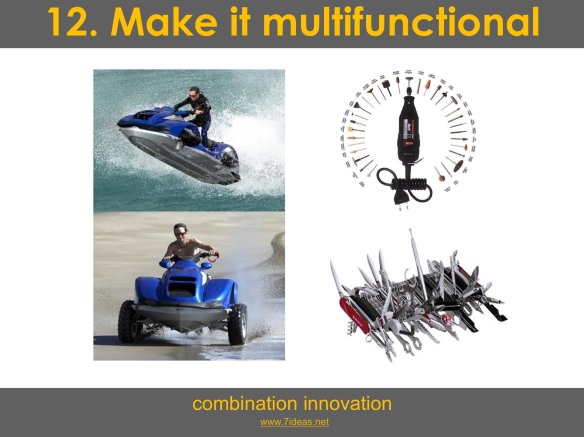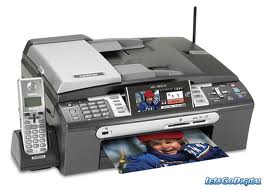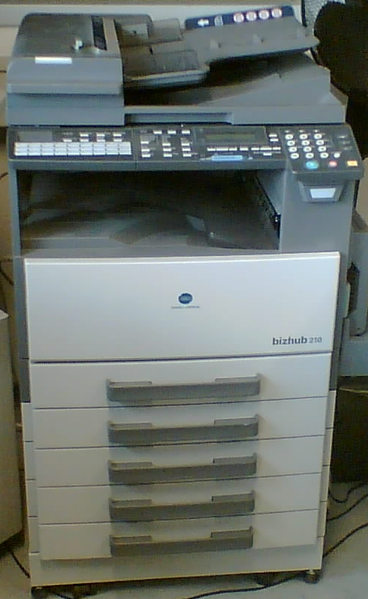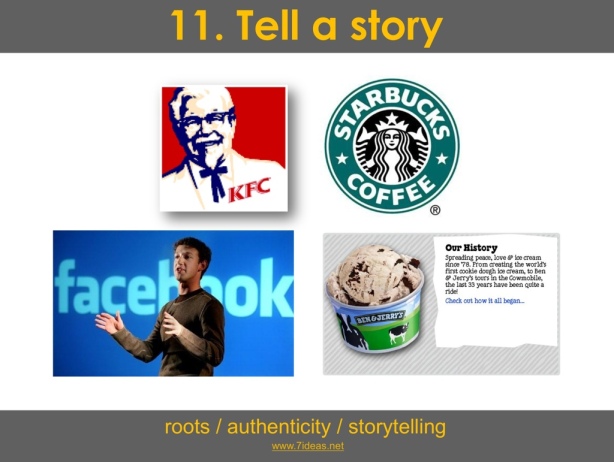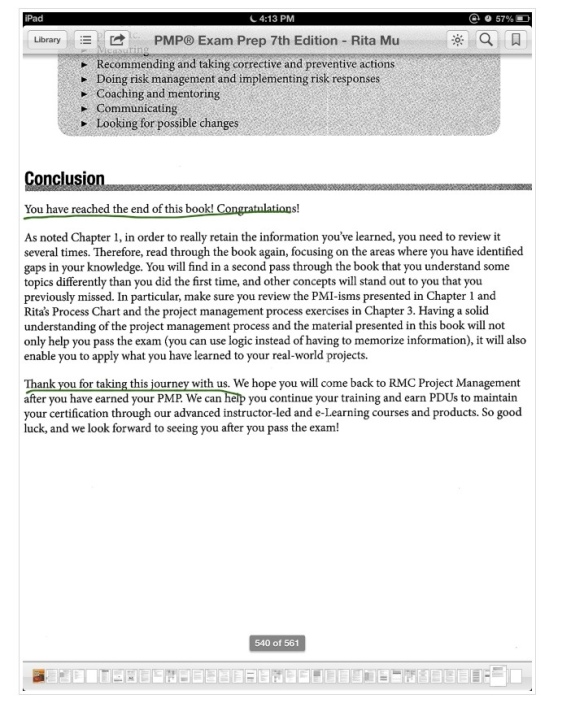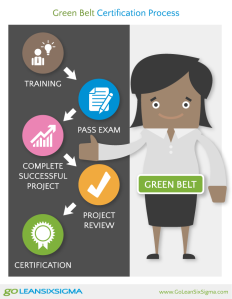
“Can we send candidates to the Six Sigma Green Belt training without assigned projects OR do we assign projects first before sending the candidates to the training?”
I was once asked by a friend working in a company who is about to roll out their own Six Sigma program starting first with the first batch of Green Belt Training.
My recommendation was: Assign first a viable project to a candidate before sending him/her to the Six Sigma training.
CONS: Project planning will have to be done with top executives which could take time before deciding what project to assign to the Green Belt Candidate.
Workaround is to ensure there is a pool of planned projects at the start of every year from which projects can be chosen and assigned to the Belt Candidate.
PRO: First, the candidates go to the training with something to work on after every lecture. It is likely that they will apply what they learned on the assigned projects they bring in to the training class.
Without an assigned project to work on during the Six Sigma trainings, usually ends in a scenario where the candidate completes the training and passes the exam with all knowledge based on theoretical understanding of the lessons. Secondly, it becomes likely that the Belt candidate will forget everything without actual application thus defeating the purpose of sending him/her to the training.
So, if you’re company is currently planning to send candidates to the Six Sigma training it is recommended that a carefully selected Six Sigma project be assigned first before they attend the sessions.
